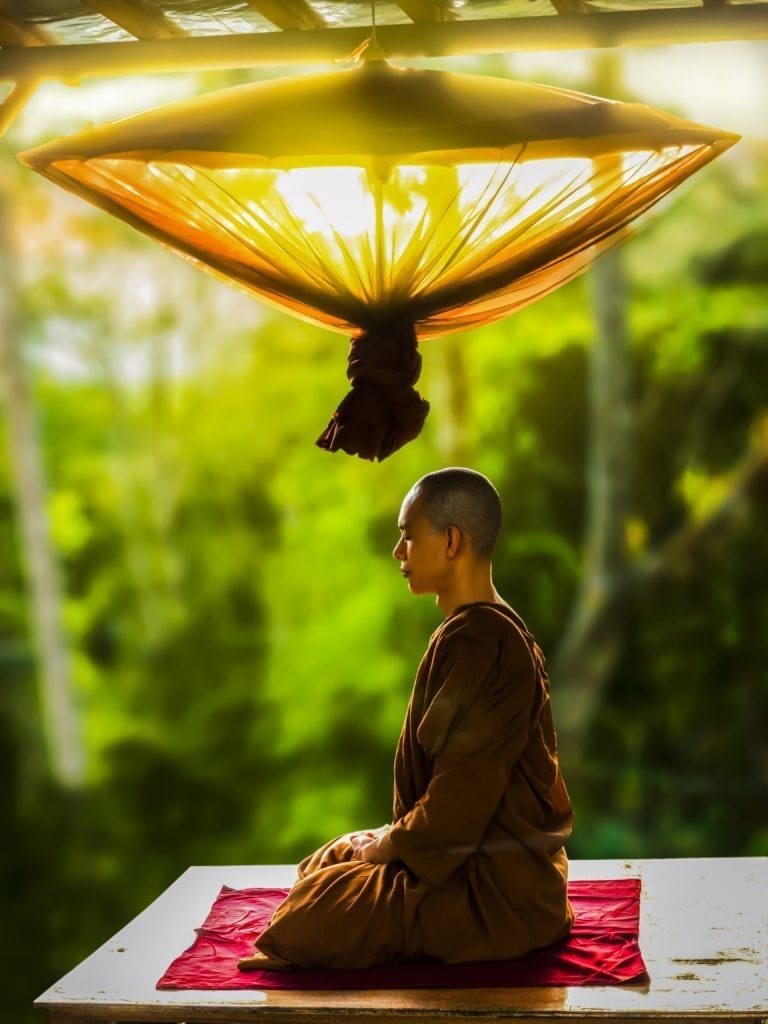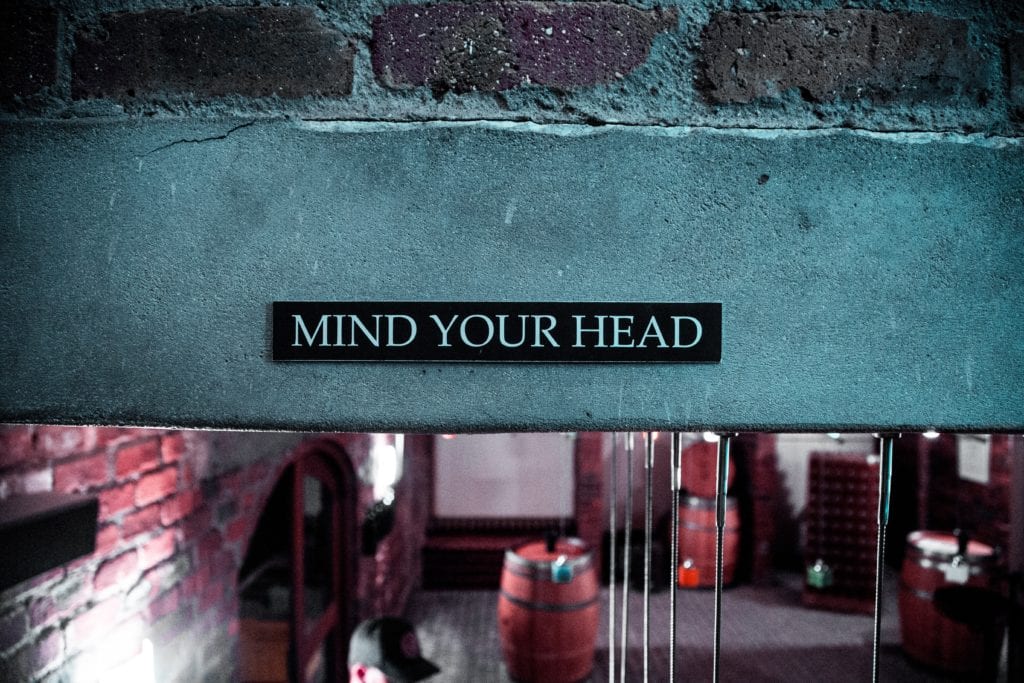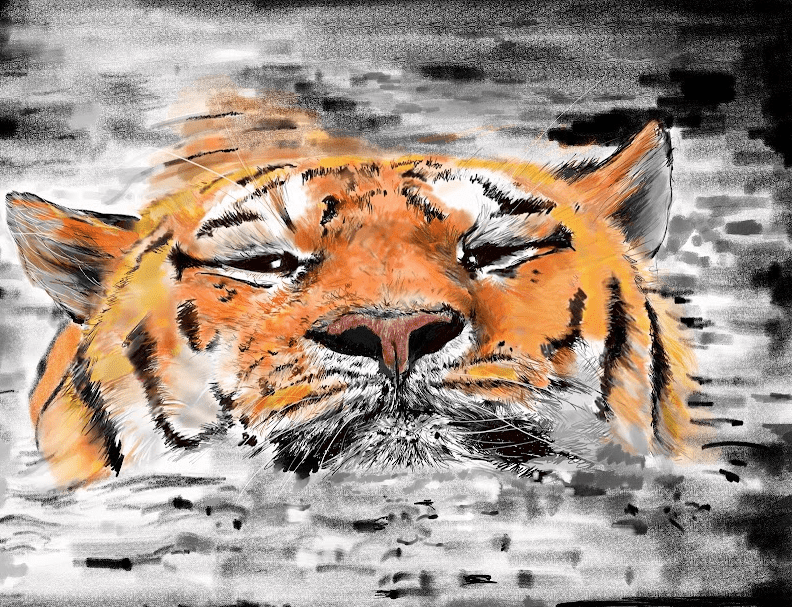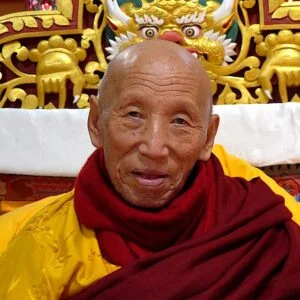A New Year in any culture marks an opportunity for us to begin afresh. We mark the Tibetan New Year in 2022 on March 3rd. During traditional Tibetan New Year preparations, people clean their houses and attend ritual ceremonies to symbolize overturning and sweeping away old obstacles. Often we make a promise not to indulge in harmful or unskillful behaviors—to turn over a new leaf. In Buddhist dharma terminology we say that we want to remove our negative habitual tendencies.
The best way to welcome the New Year is to begin a new positive habit. In Tibetan, the word gom that we usually translate as “meditation”, more accurately means to “habituate” or “to become used to”. And that’s what a habit is—something we do easily and almost spontaneously.
Intentions and New Habits
We can take charge of our own habits through intention. How? We consciously make the decision to develop a new, healthy and beneficial habit. For example, we can decide to begin (or rekindle) a meditation practice. First, we can consider what we may have heard about meditation. We may know that regular meditation can reduce stress and bring a sense of peace or calm into our busy lives. Or our doctor may have suggested that meditation can improve our sleep or our anxiety. Before we consider adding a new habit we should investigate a bit—we will be much more likely to stick with a habit if we know it brings benefit.

Phakchok Rinpoche often explains that we need to engage in careful reflection before we try to meditate. From his experience, he has noticed that throughout the world people try to begin meditating before they’ve asked some fundamental questions. If we don’t take time to reflect, he suggests, many of us will face struggles in our practice
Here we present a few of the key points Rinpoche frequently makes. If you are thinking about starting a meditation practice you may find these tips useful. But even if you’ve been meditating for awhile, you may want to reinvigorate your practice. We hope you find these points useful.
Build Habits Slowly
Start small! We build habits bit by bit. For example, you may have the habit of drinking coffee in the morning—and you don’t even think about it. But think back and try to remember your first experience of coffee. Did you enjoy it? Did it seem natural? Generally, if we are honest, the answer is no. It may have tasted bitter, or simply strange, or even boring. But we gradually got used to the taste and the experience. And now, we cheerfully sit and drink our coffee without considering our past reaction—we may not even remember how we first began to like it.

Looking Inside
Building any habit requires time and repetition. Meditation, or habituation, works the same way. In the beginning, we may think, “I’ll try this and see what people are talking about.” So we watch a video, or we read a book and we decide to sit and meditate. But if we don’t have the habit yet we may quickly get bored or find it is not the cure-all for everything that we hoped it would be. Or we may go to a meditation talk or weekend course and get really excited for a few days, but then the novelty wears off.
That’s a common mistake that happens because we’re wrapped up in our usual way of looking outside—we’re looking at meditation as something to entertain us or to fix us. Before we begin to meditate it helps to make the intention to shift our habit. We need to first reverse our usual process of looking outside and start looking inside.
Which is Most Important: Body, Speech, or Mind?
We can do this by simply taking a few minutes break a few times a day to ask ourselves some questions. We don’t need any special equipment or any fancy setting. Wherever you are, you can take a second to examine your personal situation. How are you right this minute? First, ask yourself a question. Which is more important: body, speech, or mind? Don’t answer immediately—really give yourself time to contemplate. If you are happy, is that your body? Or is it your speech—or your mind? And if you are angry or stressed or anxious where is that occurring?

This may seem very obvious, but how often do we really consider this question? When we say, “I’m stressed!”, do we ask where that thought is coming from? Is your body, your speech, or your mind the source? It is helpful to consider this question repeatedly and in different circumstances until you are absolutely sure of the answer. We have to gain certainty about the role of our mind.
Speed of Mind
Once you’ve focused on your mind as the key element, turn your attention to the speed of your thoughts. Do you control how fast your mind changes? Take a few times a day to stop and observe the flow of thoughts. Again, you don’t have to do this in any particular position or place. Simply look within. Stop and watch the flow as an impartial observer.

You may be amused or a bit shocked to see how fast your mind darts from one thing to another. Who is in control of this speed? Can you control how fast thoughts come? When they appear what happens next? Investigate carefully. Once you realize that you can control the speed, you develop confidence.
How Many Minds Do You Have
How many minds do we have? We only have one mindstream, don’t we? Do you notice how your mind shifts from thoughts to sounds to tastes and sights? Examine what experiences those diverse experiences. Spend some time checking this carefully. When you smell a flower, or the smell of french fries—what is happening? You may think you are capable of doing several things at once, but examine—is that really true?

Why is it important to experience the fact that we have only one mind? Because we need to understand that all the spiritual practices we undertake benefit our mind. If we realize that, we can use all the tools offered by the Buddhist tradition to train. We then value prayer, we understand chanting, we appreciate mindfulness meditation, and we benefit from Vajrayana visualization practices.
Further Study
If you would like to examine the mind in more depth, please also take some time to review our blogs Self-Reflection on the Spiritual Path and Mental Maintenance Creates Stability.
Drawing by Cece Anna Lee










Responses
Thank you yet again for the great Teachings and good will towards us. May all your aspirations to benfit all sentient beings be swiftly fulfilled!